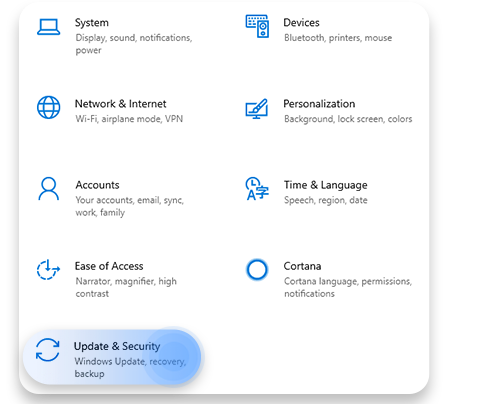

On the other hand, if you're dealing with business files, you should be making backups at least once or twice a day. If you're a home user and files don't change very often, you should at least be making a backup once a week. However, it appears that this feature may disappear for Windows 10 users starting with the Fall Creators Update.Īlternatively, if you don't have a lot of files, you could just make regular copies of your documents on a USB flash drive. You can use this feature on Windows 10, Windows 8.1, and Windows 7.
#How to get malware off of pc full
While you can always use third-party tools, on Windows 10, Windows 8.1, and Windows 7, you can create a full backup using the System Image Backup tool to make a copy of your entire machine, including files, settings, apps, and OS installation.įile History is a good example of a tool to create a backup of your files. If you can make a backup of the backup that you can store offsite, do it.Īfter creating a backup, always disconnect the external drive and store it in a safe location, or disconnect the network location where you store the backup because if the drive stays online and accessible from your computer, a malware can still infect those files. Remember that there is no such as thing as enough backup. This is the kind of backup that will ensure you can recover from any malware, hardware failure, errors, and natural accidents. Your recovery plan must include a full backup of your system and data to keep offline using an external hard drive or in a local network location (e.g.

You should always create at least two backups: one to keep offline and another to keep in the cloud. One of the best ways to protect your computer and data from malware attacks is to make regular backups. In this guide, we'll walk you through seven tips you can use to keep your computer and data protected against malware, including viruses, ransomware, worms, Trojans, spyware, adware, and other malicious programs.


 0 kommentar(er)
0 kommentar(er)
